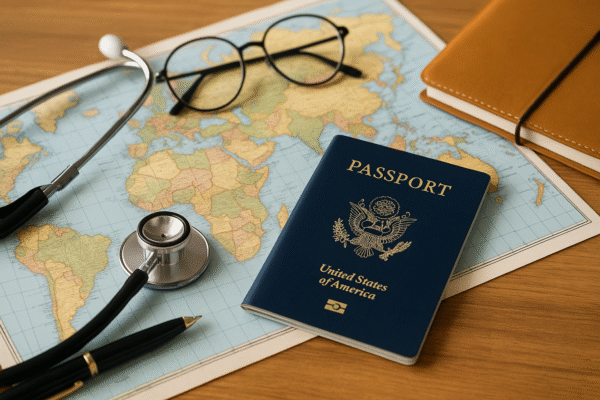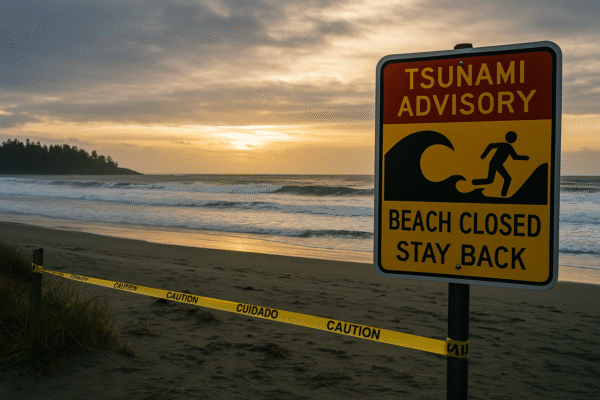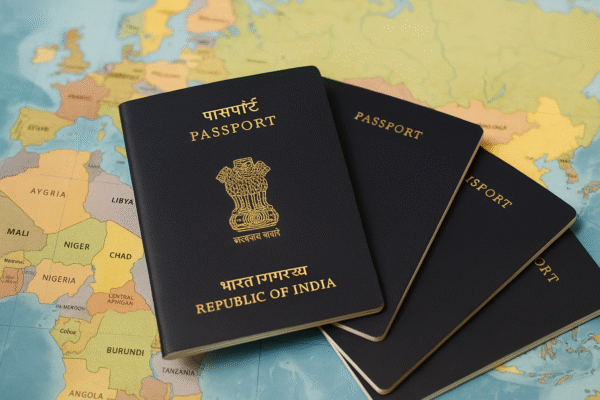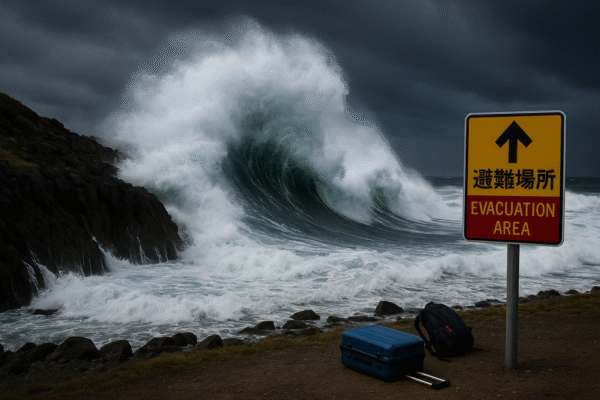An unprecedented 8.8‑magnitude earthquake struck off Russia’s Kamchatka Peninsula at 11:30 a.m. local time Wednesday, centering 119 km east‑southeast of Petropavlovsk-Kamchatsky and plunging just 19.3 km beneath the seabed. Identified by the U.S. Geological Survey as the region’s strongest tremor since 1952, the mainshock was swiftly followed by a 6.9 magnitude aftershock. Tsunami waves up to four metres slammed the Kuril Islands, while the Japan Meteorological Agency detected surges reaching 50 cm along Hokkaido’s eastern shore. Maritime operators halted fishing and cargo sailings as vessels sought refuge in port to ride out the unpredictable swells.
The disaster immediately upended travel infrastructure across eastern Japan. Sendai Airport, a vital link for the Tohoku tourism corridor, paused all flights, forcing carriers such as ANA and Japan Airlines to scrap dozens of domestic services. High‑speed bullet trains on the Tōhoku Shinkansen line were suspended, stranding commuters and foreign visitors alike. Ferry routes connecting Hokkaido with mainland ports were cancelled, and key coastal highways were closed to beach resorts around Matsushima Bay. More than 900,000 residents and tourists were evacuated from low‑lying areas near Kushiro and Nemuro as emergency shelters filled rapidly.
Alerts rippled across the Pacific as well. Hawaii and Alaska issued tsunami warnings and evacuation orders; Honolulu’s sirens blared as residents climbed to higher ground. The U.S. Tsunami Warning System forecasted swells of one to two metres for parts of Alaska’s Aleutian Islands and one to two feet along the U.S. West Coast, prompting temporary port closures from Kodiak to Crescent City, California. Mexican authorities braced for one‑metre waves along Baja California, while the Philippines and New Zealand urged citizens to steer clear of all coastal activities. Airlines rerouted flights away from vulnerable airports, warning passengers of potential delays.
Beyond immediate safety measures, the travel sector faced a downturn in bookings fueled by uncertainty and online speculation. Reuters reported that Japan‑focused tour operators saw bookings tumble by nearly 50% in the past week, as viral rumors tied the quake to apocalyptic prophecies. Flight reservations from major source markets including South Korea, Taiwan, and Hong Kong plunged by up to 83%, according to New York Post figures, with travelers diverting plans to alternative destinations. Cruise lines adjusted Pacific itineraries to skirt high‑risk zones, and booking platforms added more flexible cancellation options for Japan‑bound guests. Airport hotel occupancy in Tokyo, Osaka, and Sapporo fell sharply as consumer confidence wavered.
Adding to the unease, chatter around a modern‑day ‘Baba Vanga’ resurfaced as netizens recalled Japanese manga artist Ryo Tatsuki’s 2021 graphic novel The Future I Saw, which allegedly predicted a July 2025 seabed rupture unleashing waves three times those of 2011. Social posts claimed this quake and tsunami fulfilled that vision, fueling further cancellations and prompting agencies to caution clients against relying on unverified forecasts. Seismologists stress that while preparedness is crucial, credible travel guidance must come from official geological and meteorological assessments—not folklore.
Despite the turbulence, industry analysts emphasize the Pacific’s long‑term tourism resilience. Scientific agencies warn aftershocks could persist for weeks, though none are expected to exceed the initial 8.8 magnitude. Once formal tsunami alerts lift and major airports and rail lines resume, demand is projected to rebound sharply—driven by pent‑up leisure and business travel into resource‑rich and culturally significant regions. Stakeholders are enhancing early‑warning integration into booking platforms and broadening flexible refund policies. As one travel insurance executive noted, “Ensuring travelers feel secure with comprehensive safety nets is our top priority.”
Stay alert, follow Global Travel Wire.
Disclaimer: This image is AI generated and may bear no resemblance with actual fact or images.



















